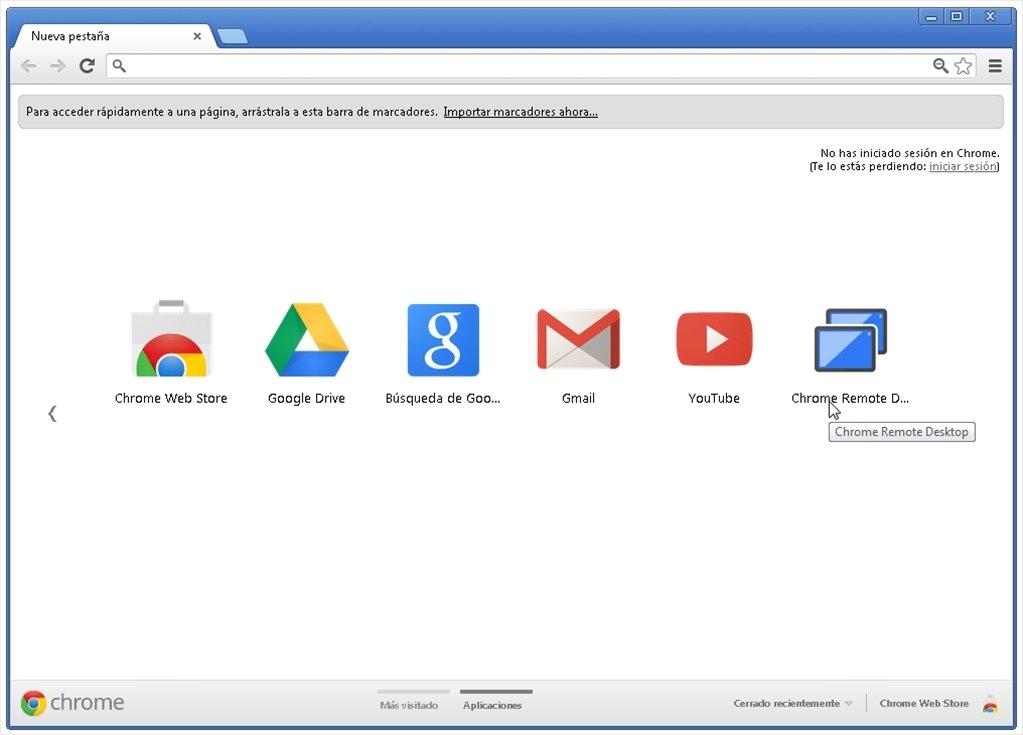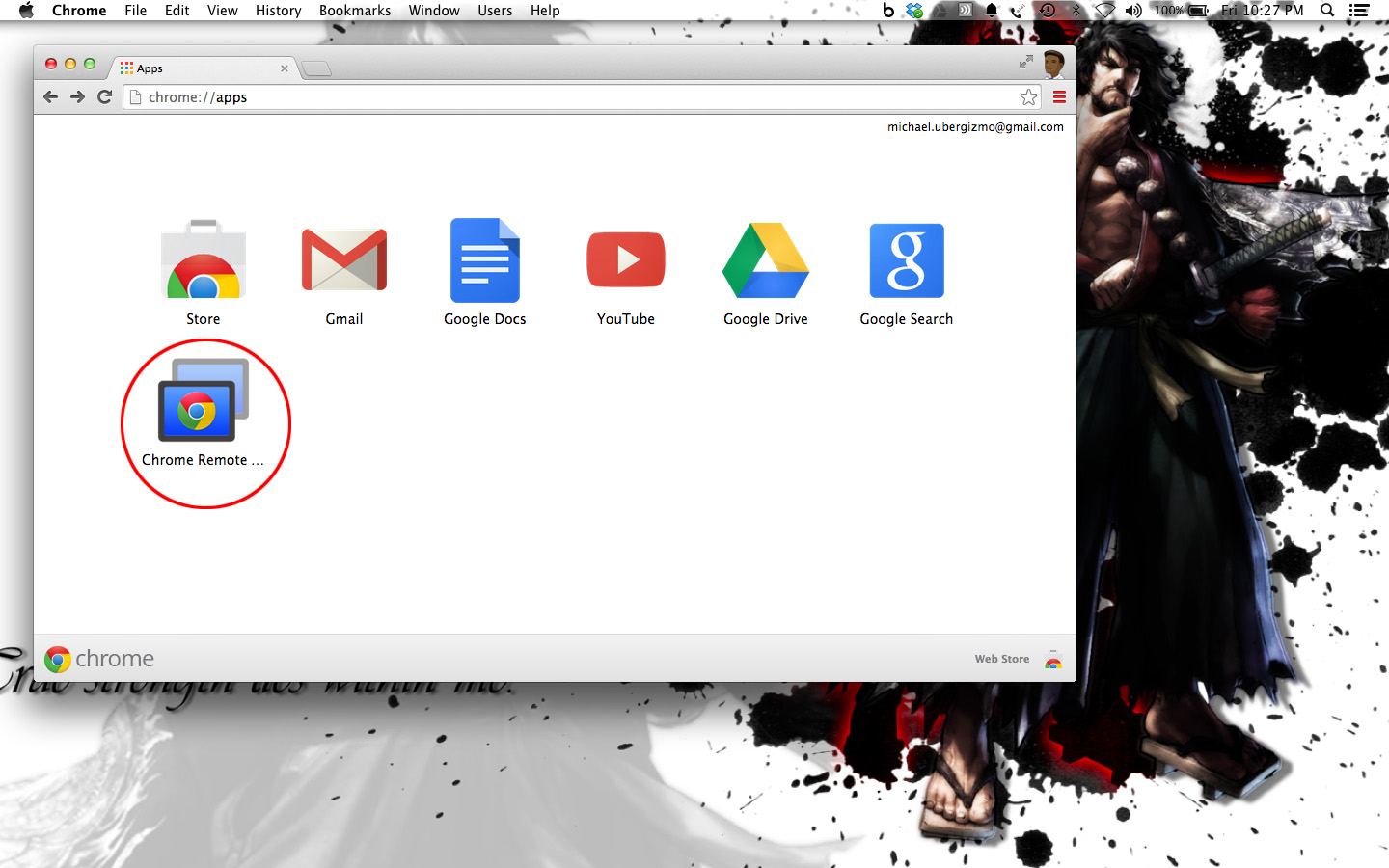

- #Chrome remote desktop. install
- #Chrome remote desktop. update
Sign in with a Google account that you will use to authorise remote access.On your local computer, go to the Chrome Remote Desktop command line setup page.

Sudo systemctl disable rvice Configure Chrome Remote Desktop # Disable the display manager service on the instance Sudo bash -c 'echo "exec /etc/X11/Xsession /usr/bin/xfce4-session" > /etc/chrome-remote-desktop-session' # Configure Xfce to use Chrome Remote Desktop by default
#Chrome remote desktop. install
Sudo DEBIAN_FRONTEND=noninteractive apt install -assume-yes xfce4 desktop-base dbus-x11 xscreensaver

Feel free to use a different environment if you wish. I'm generally a fan of Xfce for its minimal components, and frequently use Xubuntu as an Ubuntu distribution of choice, so I'll go with Xfce here. The common options are Xfce, Cinnamon, Gnome and KDE. Next, you'll need an X Window System desktop environment and window manager to access this instance graphically. # Download and install the Debian Linux Chrome Remote Desktop package Sudo apt install -assume-yes wget tasksel
#Chrome remote desktop. update
# Update package manager data and installed packages Update the instance and install Chrome Remote Desktop. Once the instance has been created, SSH into it using the Google Cloud Console or your preferred SSH client.
If you wish to improve the security posture of the GCP VM, here are 3 things you can do. Leave the other options as default and create the instance. Leave the boot disk unchanged ( Debian Linux 10). Select e2-small machine type under the E2 series of the general-purpose machine family. Enable the Compute Engine API and create a new VM instance (say acme). Then, enable billing for your account, create a project and follow the steps below. New customers get a generous $300 credit for 90 days, with several always-free products once the trial period expires. If you don't have an account, sign up here. This tutorial uses Google Cloud Platform (GCP) for the walk-through and assumes that you already have an account and project set up. Chrome Remote Desktop Deploy the GCP VM Instance Google has a fairly comprehensive article on this topic here this post is just a narration of what I did. While it is not suitable for graphically intensive applications, it works quite well for most other web applications. My hunt for a simple solution brought me to Chrome Remote Desktop, which allows you to remotely access a desktop using a web interface. Have you ever wanted a lightweight remote desktop that you could simply access on-the-go via a web browser? Well, I know I have.







 0 kommentar(er)
0 kommentar(er)
